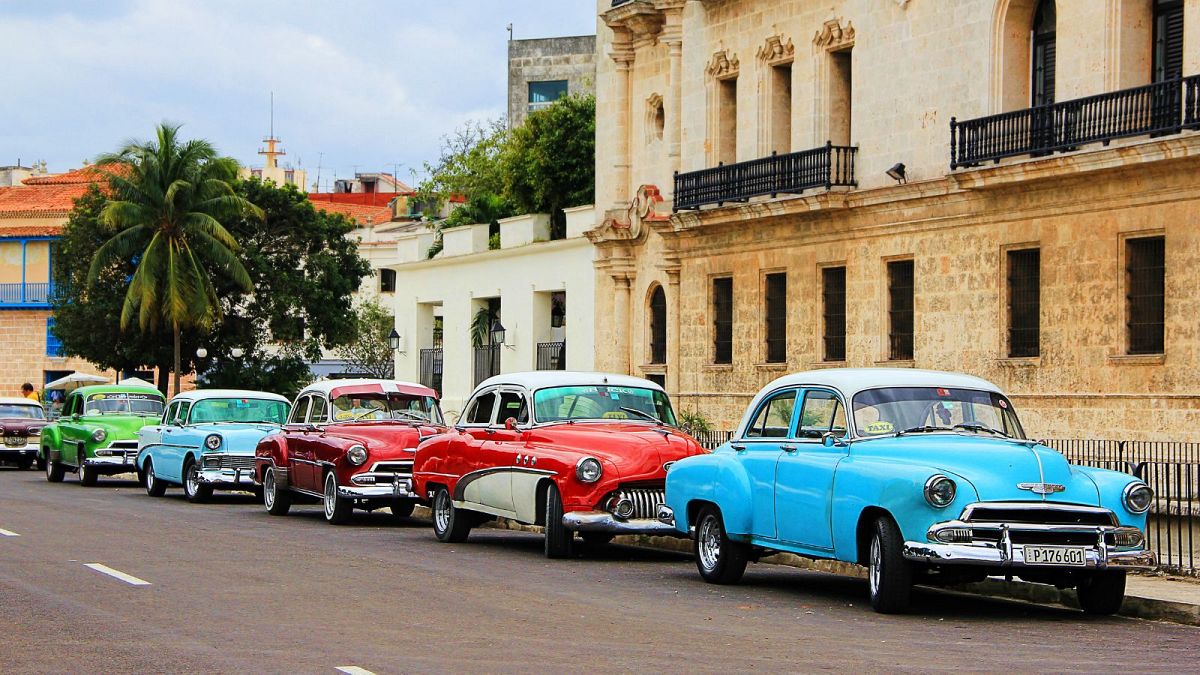Cuba is one of the greenest countries in the world, here’s how to get closer to nature.
There’s never been a better time to explore Cuba’s natural wonders. To encourage more tourists to visit the Caribbean island and stay for longer, the country has extended its tourism visa to 90 days.
An exciting blend of tradition and modernity, Cuba has been ranked as the 5th most sustainable country in the world by the Sustainable Development Index.
As a result of its seclusion since the US trade embargo began in 1961, Cuba’s rich natural habitats have been very well preserved, and now offer locals and tourists the chance to explore some truly unique ecosystems.
But in order to preserve them for future generations too, it’s important to be a responsible tourist and respect the fragile ecosystems that you visit. So if you want to explore Cuba’s national parks, forests, swamps and mountains, how can you do so sustainably?
How can I be a sustainable tourist in Cuba?
Sat at the meeting point of the Gulf of Mexico, the Caribbean Sea and the Atlantic Ocean, Cuba has unparalleled ecosystems. From wetlands and mangroves, to coral reefs and mountains, the country is rich in biodiversity, with many rare species endemic to the island.
One of the easiest ways to be sustainable in Cuba is to choose local. Make sure to book your trip with an eco travel agency that has a strong sustainability policy, or if you’re booking things yourself, pick a family-run business.
Staying in a local guest house is likely to be much greener than staying in a large hotel, and taking public transport or riding a bike around town means you’re more likely to meet local people too.
Staying local also means your money will go into the local economy and support the community, while eating regional food means you’ll get to learn more about the culture of the island too.
When it comes to packing for your trip, make sure you pack as many reusable items as possible - and don’t forget your eco-friendly sunscreen so the coral reefs are protected too.
Is there eco-tourism in Cuba?
Helping out on a farm or staying in a local eco-village is a great way to get involved in Cuba’s magnificent natural landscapes and immerse yourself in the community.
Eco-tourism resorts offer visitors the chance to surround themselves with nature and maybe even get involved in helping out on the family farm too.
Las Terrazas eco-village
Las Terrazas, an ecovillage just an hour’s journey outside of Havana is one of the oldest eco-communities in Cuba. Founded in 1971, the village was built on a former logging site that was hugely depleted. But after a huge reforestation project, the site is now a thriving village where nature has been restored to its former glory thanks to the hard work of the community.
Featuring a 4-star hotel and an eco-restaurant, tourists can get involved on the local farm, as well as indulging in some nature-based activities such as birdwatching and trekking.
Villa Paradiso, Baracoa
Another sustainable tourism project is Villa Paradiso in Baracoa. Located in rural eastern Cuba, you’ll find a ‘casa particular’ here - that’s a family home that rents out rooms to travellers. Surrounded by mountains and tropical forests, you can immerse yourself in the local landscape while exploring Baracoa’s unique history.
Founded by Spanish settlers in the 16th century, Baracoa is the site of Indigenous resistance against European colonialism, with the resistance movement of the Taino starting here. Nowadays, you can find a statue of Taino chief Hatuey in Baracoa’s biggest park.
While you’re here make sure to visit the Alexander Humboldt National Park, a UNESCO World Heritage Site to see some beautiful examples of rare flora and fauna.
Wherever you choose to stay, by extending your trip to the full 90 days now available, you’ll help to invest in this haven for biodiversity.



